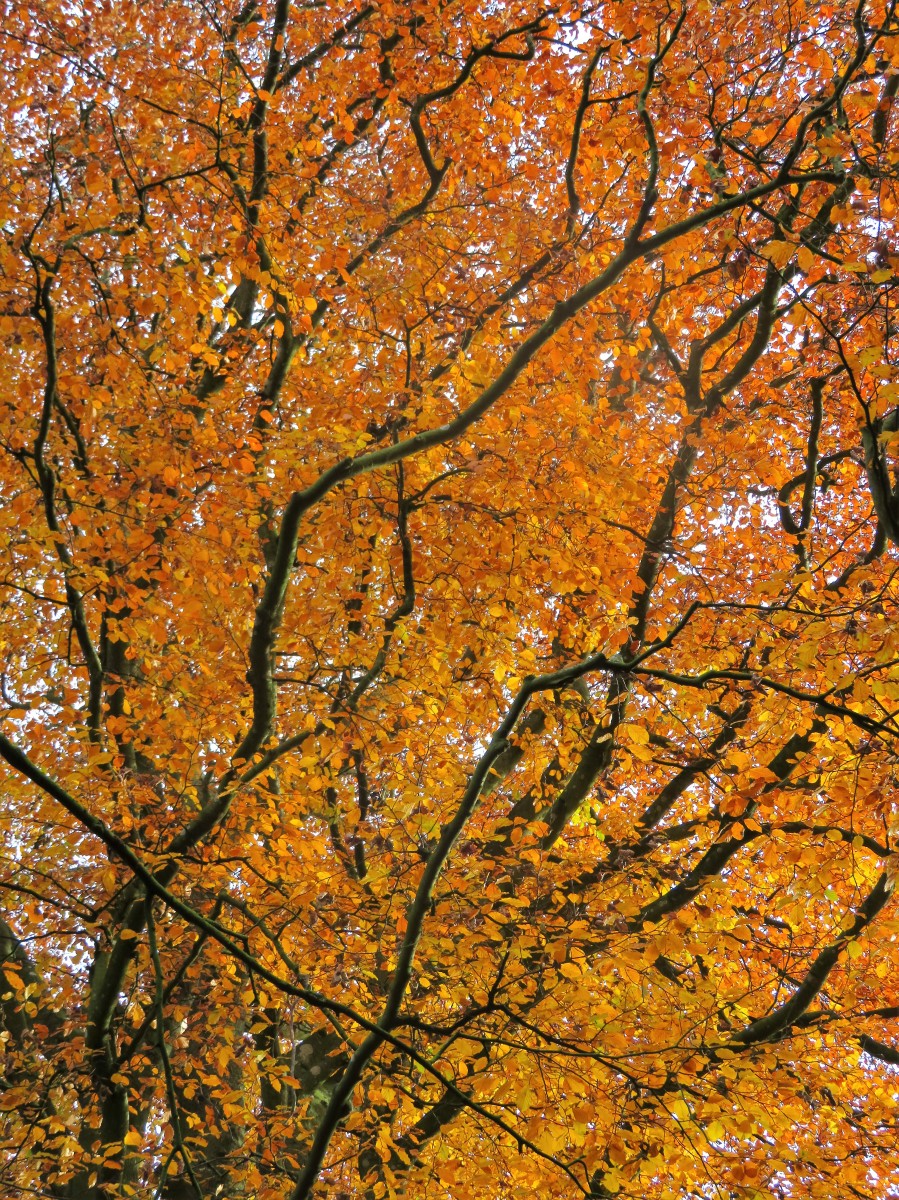Now the autumn breeze is blowing the leaves like confetti and the Vale is airbrushed with amber and crimson hues, the trees take centre stage, and rightly so. I cannot decide which ones I love the most this time of year. Is it the wispy delicateness of the swaying birches or the bold carnelian canopies of the beeches? Or perhaps the quiet, neat field maples who slip my attention until their autumn leaves turn a bright gold yellow. It is impossible to choose; they all have a part in this seasonal show.
I write this whilst perched on the protruding roots of a beech tree that I hold very dear. Under the shadow of its strong boughs, I have spent many an hour in contemplation, picnicked with close friends and playfully swung on the rope swing that fellow tree-lovers have attached. It is ‘my’ tree, and it is so old that its long arms have bent almost low enough to caress the ground. Imagine the world events that this tree has played a silent witness to, perched high over the Blackmore Vale, and imagine all the people who have taken shelter in its lofty shade.
Trees play a fundamental role in our well-being; from the architectural giant oaks and aspen to the smaller hedgerow favourites of hawthorn and elder; they are familiar friends in a changing world. Being in their presence makes me feel good. They provide interest, shelter, fuel and habitats, and some are so grand that they, like this beech, are destinations in their own right. The real magic of this tree, however, is going on underground right beneath my feet.
Trees are connected to each other through mycorrhizal networks; fungi that grows at the tips of fine roots which connect the tree to other trees. It is through these intricate networks that nutrients are exchanged to support adjacent plants and the tree’s very own saplings. In this way, the trees and the soil fungi work together for the greater good of the woodland.
The language of trees also exists in the air. Unbeknown to us, they ‘speak’ to each other using scent signals known as pheromones. These chemical releases relay threats or changes in the environment to neighbouring trees so that they can put up their defenses. Trees are, therefore, not lone individuals but valued members of an intelligent community. What a wonderful thought that is.




